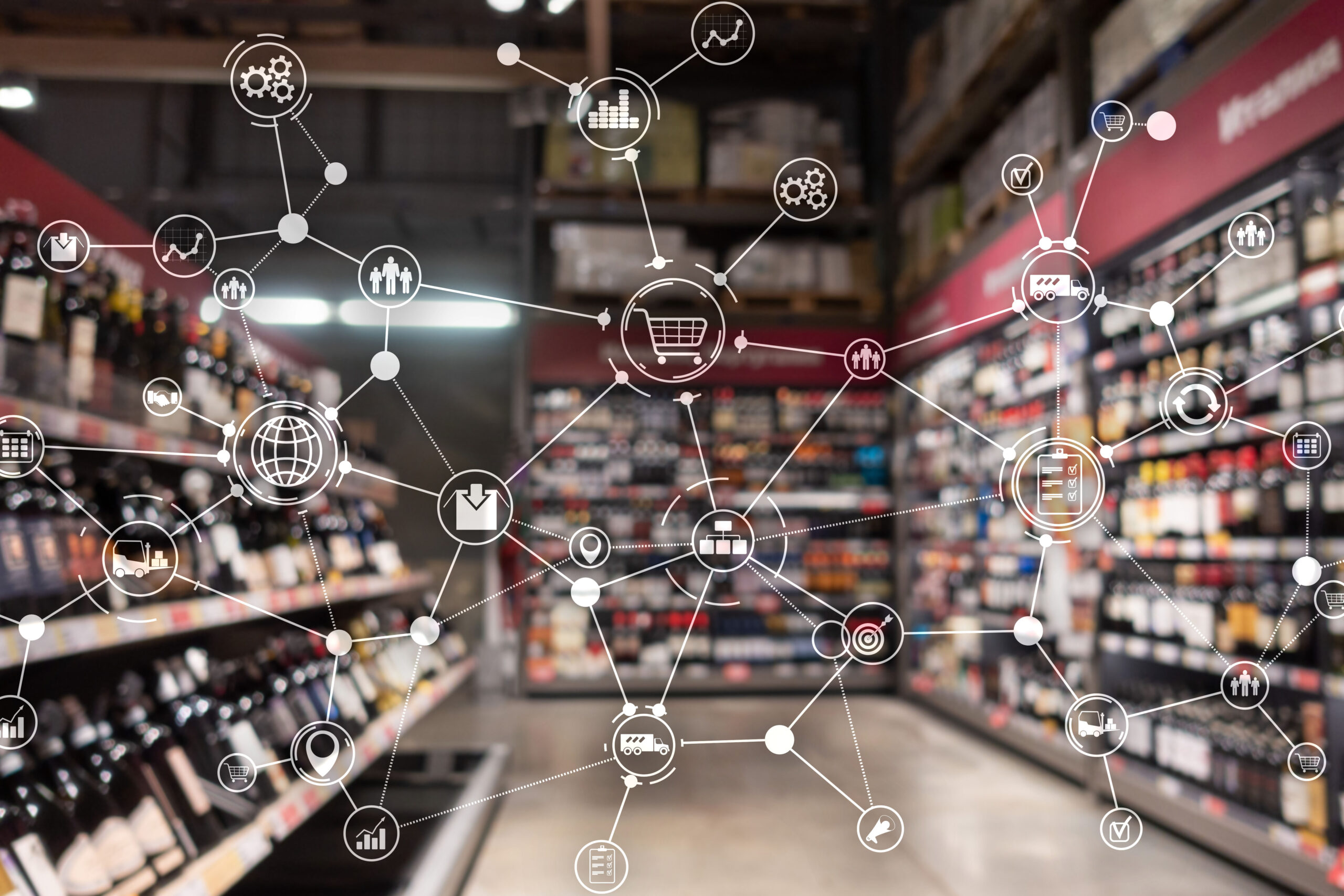Operating a business in the retail industry today requires persistent innovation and determination. A record-breaking 9,300 stores were closed in the U.S. in 2019, and 2,200 are already planning to close in 2020. Many of these stores are closing due to increasing demands experienced from hefty competition from large retailers such as Amazon, Walmart, and Target, all of whom continue to dominate the marketplace.
To maintain a competitive advantage, brands need to stay on top of emerging retail trends and strategies. Challenging the status quo and continuously evaluating how your business operates and delivers customer value is critical to success. Doing so will help your business prepare to meet the needs of a digital future.
The trends that we’re already seeing early on in this new year suggest that innovations that are fueling a digital transformation are continuing to grow. Over the last few years, we’ve seen several of these trends emerge into the industry, but are just now beginning to experience real traction.
We’ve put together a list of the top five digital transformation trends in retail for 2020 and how implementing them can positively impact your business.
Automation
Finding solutions to cut down on costs and improperly allocated resources can be beneficial for any business. With a trending growth in automation technology, the market is expected to reach $19 billion by 2023. This number reflects the benefits of automation technology that many businesses are already experiencing.
In the supply chain process, there is a significant need for automation to increase productivity. When these processes are operating at top efficiency, businesses can produce and move products faster and more accurately, helping to increase sales over time. From automated order fulfillment to smarter stock management, the supply chain industry is seeing a significant digital transformation. Beyond advanced robotic processes, many businesses will find value in more simplistic automation technology such as scanners that inventory warehouses automatically.
Automation can also be a beneficial tool for improving customer service operations. Chatbots are revolutionizing the way we view traditional customer experiences. With automated chatbots, businesses can filter and process through requests at higher speeds, while still maintaining a human connection through replication of human processes with artificial intelligence. This technology can help improve customer engagement levels and production rates.
Augmented Reality
Augmented reality (AR) has been trending for some time now. This year, we’re likely to see even more trends in favor of creating personalized shopping experiences that resonate with consumers. 61% of shoppers said they prefer shopping at stores that offer augmented reality experiences—they want to feel confident in a product before buying it. With AR technology, customers can experience, try on, and get a feel for products without having to visit an actual brick and mortar store.
Using augmented reality in the sales process can potentially help brands retain higher sales numbers as fewer returns will be made when consumers feel more confident in what they are purchasing. And from a sales-enablement standpoint, field sales can also leverage AR to better collaborate with retail partners.
Predictive Analytics
Retailers want to make the best decisions for their business as possible and as efficiently as possible. With the use of predictive analytics, decision making is becoming increasingly more accessible for companies to convert information into unique insights through the power of artificial intelligence (AI). With each sale that a customer makes on a retailer’s website, data from that sale can then be pooled into an aggregate data set from which decision-makers can gather insights.
Implementing the proper software to manage large-scale modeling and reporting across teams can help this process operate smoother, especially as business operations become increasingly digitized. With software, such as this, coupled with AI programs, companies can track consumer behaviors, search histories, and shopping preferences. Having this information at hand can help an organization drive better pricing strategies, targeted campaigns, and predict future trends.
Voice Search
With the rise of IoT devices, we’ve seen significant spending on virtual assistants year over year. With consumers having broader access to connected devices and more options for conducting internet searches, it only makes sense that online shopping would become a primary function of these devices in homes everywhere. By the year 2022, experts agree that voice-based shopping will reach $40 billion, controlling 18% of the market share.
A significant benefit of voice search is that it provides consumers with more personalized and customized shopping experiences, allowing them to field interests on their behalf and at their own pace. It is far more convenient for shoppers to command their voice assistant to order a product from the comfort of their home. For example, an individual notices they are running low on a product such as paper towels, so they ask their device to order more. Within a matter of seconds, an order is placed on their account that they have it linked to it, and they can receive the shipment within the next few days.
Payment Technology
Digital wallet technology is helping reshape sales operations and, more significantly, consumer behaviors. With the simplified process of paying directly from a mobile device, paying for a good or service is becoming incredibly abridged. Consumers are beginning to focus on more convenient experiences.
Businesses should ensure that their point of sale (POS) systems are equipped to handle this change. Accepting GooglePay, ApplePay, and other similar forms of payment are becoming increasingly more critical as this trend will continue to grow. Currently, 17% of U.S. consumers utilize mobile payment technology when making a purchase.
Early into this new year still, we’re already seeing exciting digital transformation trends emerge into the retail industry, which begs us to ask the question—what’s next?





